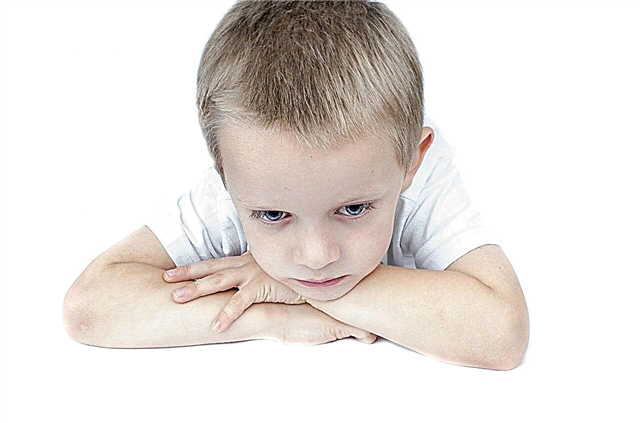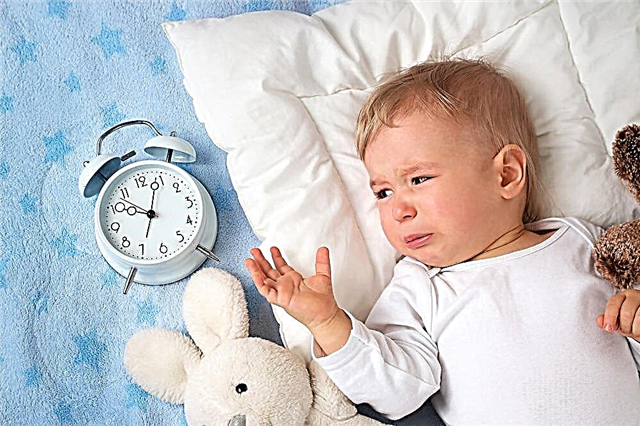
We are surrounded by numbers everywhere. Perhaps this is why children memorize them so easily, without delving into the meaning and meaning. For a first grader, counting is one of the fundamental principles of learning. It is better to introduce your child to counting before school, so that it is easier to integrate into the educational process and not experience a lot of stress.
It is important to start learning from an early age. At two years old, the baby's brain is already capable of memorizing counting. If everything is left to chance, there is a risk that mathematical thinking will appear only at 10 years old.
How to interest?
Teaching a child to count can be difficult, especially if he has no sympathy for such a complex subject as mathematics.
However, at first, interest in the account can be awakened in the simplest ways:
- We count everything that we see - steps, trees, steps, flowers, people. Start yourself, and the child will take the initiative, thereby memorizing the numbers.
- Compare - Offer your child a sweet way - candy. Take a different number of them and offer to compare. First, these will be the words "more", "less", and then you can move on to numbers and introduce the concept "by how much". You can use large beads, toys from Kinder surprise, cars and similar items.
- Find the number - Offer your child a book or magazine with numbers. Name a number and play detectives - look for it on the pages and pictures.
- Launching a rocket - the exercise helps teach the child to count down from 10 to 1.
It is important to consider the child's mood and not be intrusive. Next, see which method of counting is interesting to the child. Do not like sticks - count candies, apples, favorite toys.
Another important rule is to keep it simple. No need to give difficult tasks at once. However, even too simple examples memorized by a child can quickly get bored and discourage new knowledge.
The main thing is repetition. Do not pay attention that someone's Petya or Masha thinks better and faster. Everything is individual, and you need to find your own approach to each.
Discontinue the activity if the child is tired. In general, the lesson time should not exceed 10 minutes at a time. You can start counting several times during the day. It is best to do this when the little student takes the initiative. Learn by playing. The lesson should not turn into a professorial lecture, which will be uninteresting to the kid.
Counting up to 20
If it is easy to learn to count up to 10, since the piece count is present in everyday life, then it is more difficult to count within 20.
In order for the child to remember the numbers after 10 well, 20 identical objects will be needed - sticks, cubes, small toys. Naturally, first of all, it is necessary that the baby has a count of up to ten
We lay out two rows of objects, ten in each. It is necessary to explain to the child that the numbers after 10 are similar. It's just that in front of each of them there is one, which means ten. That is, as many rows of cubes, there are tens, so in the figure twenty, cubes are two times ten. This will help in exploring further numbers.
Further, we explain that to the usual one, two, three, and so on numbers, you need to add the ending - "twelve". To make it easier, in the second row we change the number of cubes and ask the kid to name the resulting number.
For clarity, the cubes can be numbered so that the child also forms a visual image of the number. However, when calculating, do not confuse numbers, otherwise the sequence and arithmetic result will lead the child to a dead end. Unnumber the cubes for calculations.
Solution examples
It will be difficult to quickly learn to add and subtract. The main thing here is repetition. The more often the child will practice, the faster he will learn to count in his head.
To begin with, let the child "swing" and start solving easy problems up to 10. Then you can proceed to the second ten.
Again, we line up the sticks or cubes in two rows of ten. For better memorization, pronounce the names of the numbers of the second ten when laying out. For example, ten plus one is eleven, ten plus two is twelve, and so on. Set an example for the child, write them on a piece of paper so that the child sees the image.
Explain that you only need to change items in the second ten when it comes to adding from ten. Lay out 10 cubes and ask the kid to add five and voice the result. When you learn to add, move on to subtract. Explain that you now need to remove the extra cubes.
At first, try not to confuse tens and not collect cubes in one pile. It is important to remember tens and ones and line up rows and results by ten... If the count does not go through tens, and the child can count to twenty, then the rows can be ignored. For example, 8 + 8 can be added without using decimal rows.


Calculation using tens
There is another way of counting, where the child learns to count using tens, where it is important to keep the rows so that it is clear how much of a ten this or that number takes.
That is, in example 8 + 8 we will be guided by tens. You can move 8 cubes a little further. Then the child must figure out how many cubes are left in the first ten for the second eight - that's two, and how many to add from the second ten - that's six. This method will force the child to train memory and counting to ten in the mind. It's the same with subtraction. We remove the top ten from the number, and then lay it out in the second ten. That is, in example 14 -7, we make 14 out of ten and four. Next, we explain to the child that there are 4 ones from the number 7, which means that in order to get 7, you need to take 3 more cubes out of ten, since 3 + 4 = 7. Next comes the counting of the remaining cubes.


To help your child understand what this action looks like digitally, write them examples on the sheet. In the first case it will be 8+ (2 + 6) = 16, and in the second 14- (4 + 3) = 7.
At first, this method will be difficult for the child. But when the counting base is formed, he will quickly master such an interesting method and it will be easy to count in his head, without using any counting materials.
Methods of teaching counting
Everyone develops in their own way, so more teaching methods may be required. Better yet, alternate them so that the child has different ideas about counting, and he is not afraid of school innovations. However, obsession can be confusing, so the gap between the techniques should be decent. As soon as the child has mastered one, and will feel like a fish in water, you can proceed to another:
- Fingers... The most famous and practical technique. Fingertip helps both visual memory and fine motor skills. To count the second ten, visual images will also develop during considerations of how many fingers you need to add, and what result will be obtained. This method is also suitable for counting tens.

- Counting toys. Learn to add and subtract large numbers on cubes, sticks, toys. We write examples in a notebook and invite the child to write down the answers. Further, the kid can write an example himself under the dictation of an adult. A game of dominoes, where a number is depicted on one side of the knuckle, and objects on the other, will help perfectly. Playing with them, the child will be able to compare and mentally correlate the number of things and the number.
- Books and flashcards for learning. Training for children who are already counting. Perfectly strengthens skills and promotes better memorization and visualization of the account. Many different magazines with a step-by-step solution of examples, counting the number of things and comparing will allow you to perform arithmetic operations in a playful way. Moreover, you can learn to count on your own, without the help of an adult.
The younger the child, the easier it is to teach him to count. After all, then it happens in the form of a game and is not perceived as a task. The main thing in this process is consistency and clarity. The older the child is, the more different counting methods you can use.
In this case, your child will be ready to learn and will easily cope with tasks in mathematics lessons at school.
To learn how to teach a child to count within 20, see the next video.



